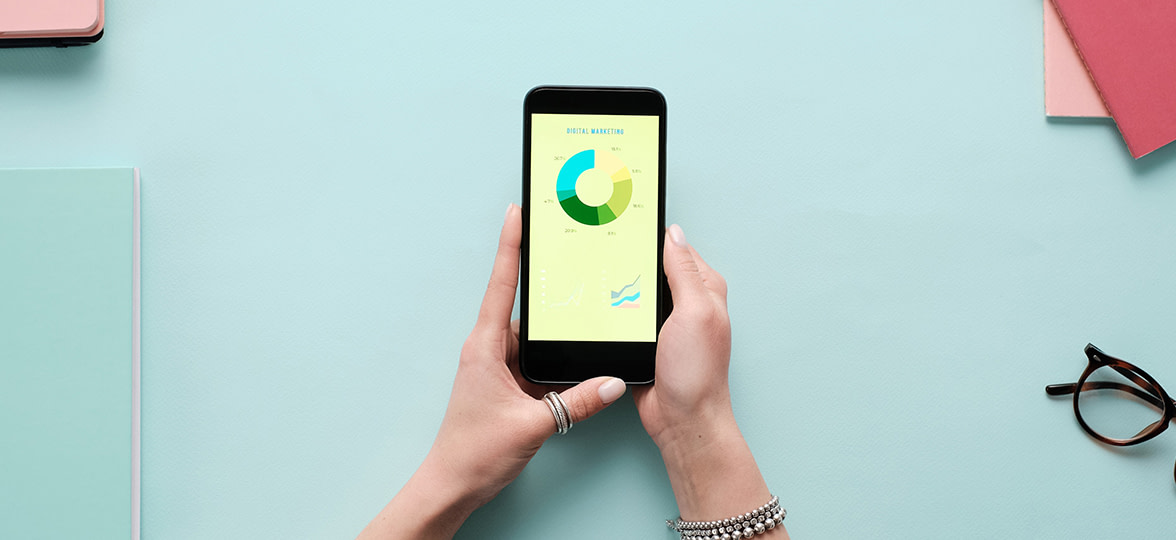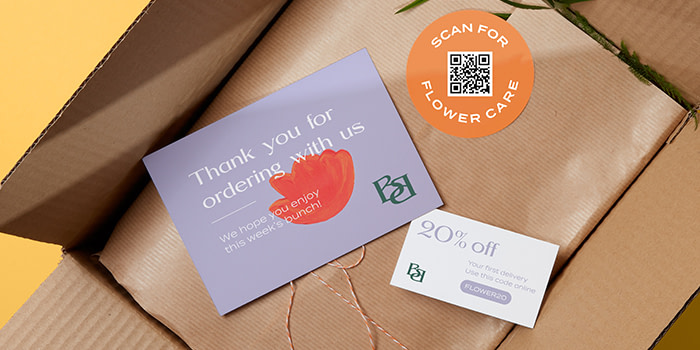Using marketing ROI to do more with less
Is your marketing campaign doing what it’s supposed to? Marketing ROI has the answer.

“Is my marketing campaign doing what it’s supposed to?” It’s a constant question for both marketers and their budget-crunching bosses. That’s why businesses of all sizes invest the tools and time into calculating marketing return on investment (ROI). An ROI analysis can tell you how much new growth is attributed to marketing and which campaigns are most responsible. With the turbulence of the market over the past year, businesses in every sector need each dollar they spend to be doing the most possible. Marketing ROI helps to tighten the screws and create campaigns that have a real, lasting impact.
The basics of marketing ROI
In short, marketing return on investment is the amount of money each marketing effort generates. Businesses calculate ROI to help quantify the impact of their marketing method and invest their money in strategies that deliver results. This number is typically represented in a percentage increase from the marketing budget to the total sales gained from it.
Because buy cycles can last months, or even years, in some sectors, it can take an extended period of time to calculate an accurate ROI. The results, however, are worth the wait. ROI metrics don’t just help businesses to analyze past campaigns, but take actionable steps toward better ones in the future. Over multiple campaigns, you should be able to track improvements and optimize your marketing strategy and spend.
Why a strong ROI matters more than ever
Sometimes you need to spend money to make money. Each year, businesses pour huge amounts of their profits into marketing campaigns designed to create new sales leads, boost their conversion rate, and build lasting brand loyalty. According to digital marketing agency Vital, average marketing spend can be as much as a quarter of total revenue in some industries. Some individual companies go even higher. The CRM platform Salesforce, for example, put a whopping 46% of their revenue back into marketing in 2018 — more than $5 billion total. With so much money on the line, companies want their marketing activity to do what it’s supposed to.
Ensuring your marketing money is being well spent is especially important in the post-COVID-19 economy. Globally, ad spend decreased by an astonishing $63.4 billion in 2020. That translates to a lot of difficult conversations and scrapped campaigns. Businesses need the marketing materials they do release to go the distance. The “new normal” has also altered the way many sectors make their sales — including continuing the shift from in-person to online. Some tried and true marketing strategies may not be as effective as they were even a year ago.
Calculating marketing ROI (the right way)
At this point, you’ve established that a marketing ROI calculation can do a lot of good for your business. The challenge, of course, is crunching the numbers correctly.
At its most basic level, ROI can be thought of as a simple math equation. Just take your total growth, minus the cost of the marketing campaign, and divide this number by the campaign cost for a clear-cut percentage. The Harvard Business Review writes it out like this:
Marketing ROI (MROI) = (Financial value gained from the marketing investment – the cost of the marketing investment) / The cost of the marketing investment
Unfortunately, this kind of ROI formula usually isn’t that helpful because it doesn’t answer an important question: How much new growth is actually attributable to your marketing campaign?
While marketing ROI calculations that factor in attributable growth can get complicated fast, a great place to start is by looking at organic growth trends prior to the start of a campaign. Let’s say you’re running a new product marketing campaign to boost a line that’s been on the market for a while. Any growth that exceeds the growth trends you’ve seen previously can most likely be attributed to your marketing effort. While other factors could obviously be at play, subtracting organic growth from your marketing ROI formula should point your team in the right direction. This can also be challenging for companies running multiple overlapping campaigns or those who have launched a new product or service.
ROI isn’t just monetary
While ROI typically examines short-term sales growth data, money is far from the only quantifiable return businesses can look for from their marketing campaigns. The same basic principles of ROI can also be applied to other parts of the sales funnel, like increasing brand awareness and loyalty — both of which ultimately lead to new growth.
To best identify growth in these areas, you’ll need to identify a few key performance metrics (KPIs) to track throughout a campaign. While web-based campaigns — like social media posts, blogs and interactive website features — offer marketers a treasure trove of data and potential KPIs, print marketing materials can be harder to gauge. A potential solution is to make a connection between your print media and a digital page where you can measure clicks. The Tampa-based real-estate marketing agency United Landmark Associates, for example, includes URLs on the bottom of some of its print ads that are different from a client’s regular home page. This makes it easy to see how a print campaign is contributing to web traffic. Another way to implement this same idea is by adding a QR code and checking the number of times it’s used or placing a unique promotion on your Flyers or Posters.
Ultimately, a holistic approach to marketing ROI can offer insights into each part of your marketing funnel and provide a more accurate picture of the value a campaign has — even if it means jumping through some extra hurdles.
Need a business print service that fits your marketing budget? MOO has the right plan for you.
Fill out the form here and a friendly Account Manager will reach out to you.
Keep in touch
Get design inspiration, business tips and special offers straight to your inbox with our MOOsletter, out every two weeks.







